Written by Lorrie Reynolds
Categories
What Does Thomas Edison Have To Do With Dog Training?
Thomas Edison holds over 1,000 US patents for products that use electricity. People consider him one of the pioneers of modern research and development. According to the Edison Innovation Foundation, he operated on four simple principles:
1. Never get discouraged if you fail. Learn from it. Keep trying.
2. Learn with both your head and hands.
3. Not everything of value in life comes from books-experience the world.
4. Never stop learning. Read the entire panorama of literature.
One of his quotes in particular always makes me smile. It is related to the first principle and perfectly describes my philosophy about dog training.
“I have not failed. I’ve just found 10,000 ways that won’t work.”
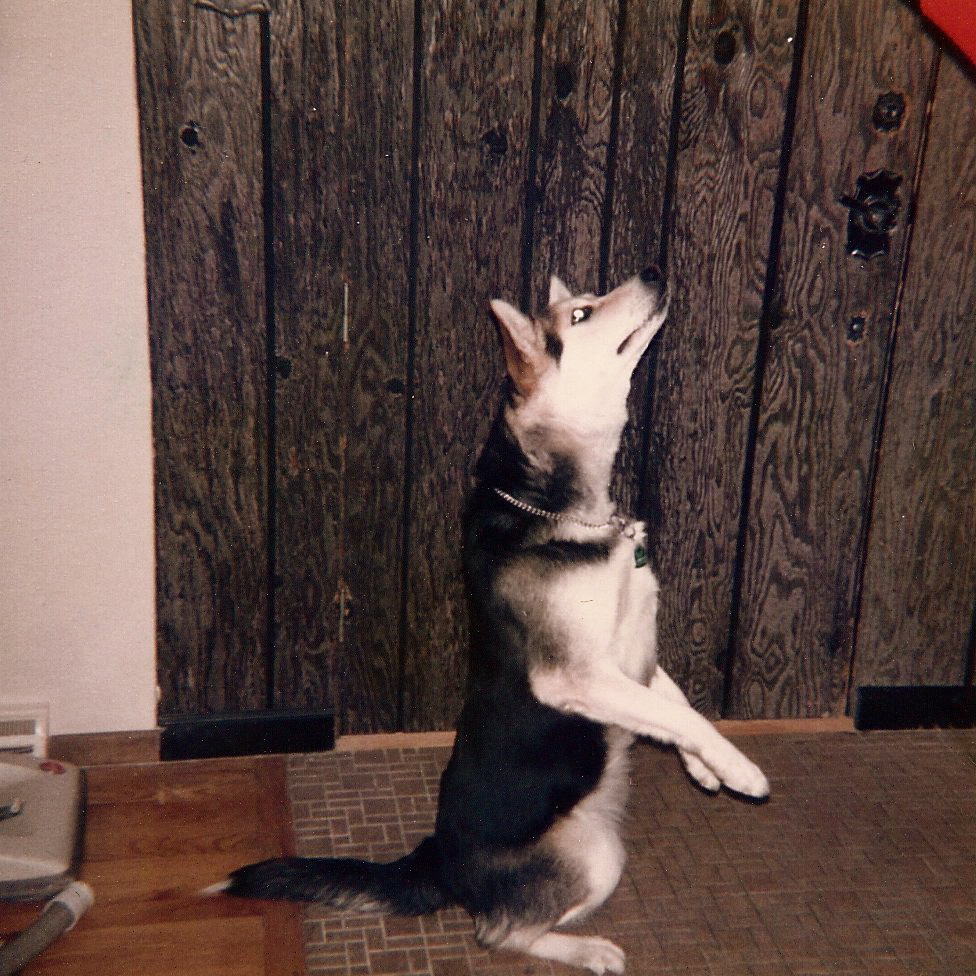
While I hope that I don’t have to try a full 10,000 methods to teach my dog something, that mindset can be liberating when it comes to looking at failure as information and experimenting with new training methods.
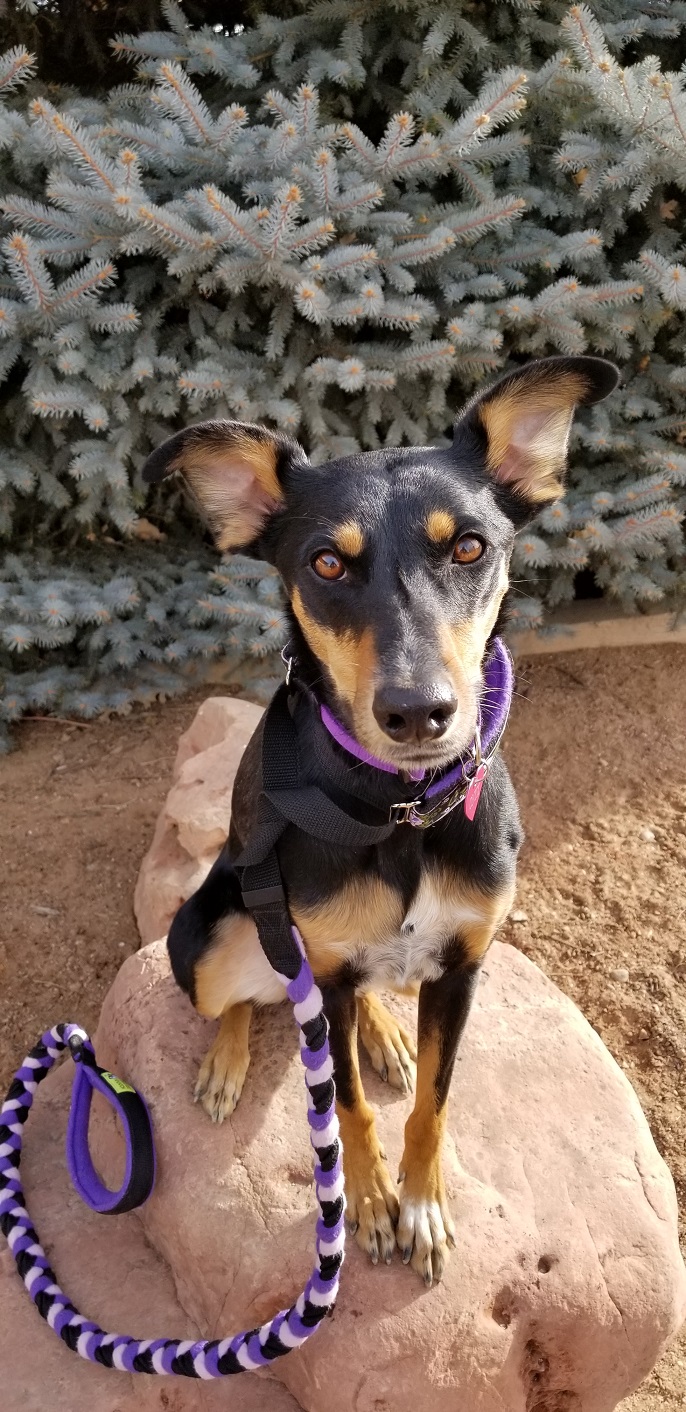
Balancing Planning and Experimentation
I talk a lot about balance in dog training. Not balanced methods – I believe in positive reinforcement for efficient learning. However, you’ll hear me discuss the balance between working at a distance on the agility course and working up close, the balance between a dog’s obstacle focus versus handler focus, and finding a balance between training and allowing your dog to “just be a dog” when you’re spending time together.
There is also value in balancing your training approach between planning with methods that are “known” to be successful and experimenting when things aren’t working the way you expect. Many of the training methods I use have come from trying something new with a dog who just wasn’t getting it when taught the traditional way.
Dog Training Planning
It’s evident by the weekly training planners and tracking spreadsheets I offer that I believe in planning before you train. A successful training session relies on knowing what you want to teach, what the final behavior looks like, and how you are going to approach the training. Unfortunately, you know what happens to the “best laid plans” sometimes. They go awry and we find one of the 10,000 ways that didn’t work for a particular dog.
Experimentation While Training
The most successful dog trainers can think outside the box for dogs who are not understanding the task with traditional methods. It’s important not to let tradition stand in the way of progress. This is not a case of “throwing spaghetti at the wall” and seeing what sticks, but rather a considered approach that identifies new possibilities and their likelihood of success.
That being said, messy action is better than no action at all, so don’t be afraid of trying things even though they may not work, as long as you are not causing your dog to lose confidence or become stressed. Your decision to try something new doesn’t have to be a life-changing, set-in-stone decision. You can try something, give it a short period of time to see if it is working, and abandon it if it doesn’t, as long as you are keeping training fun for your dog.
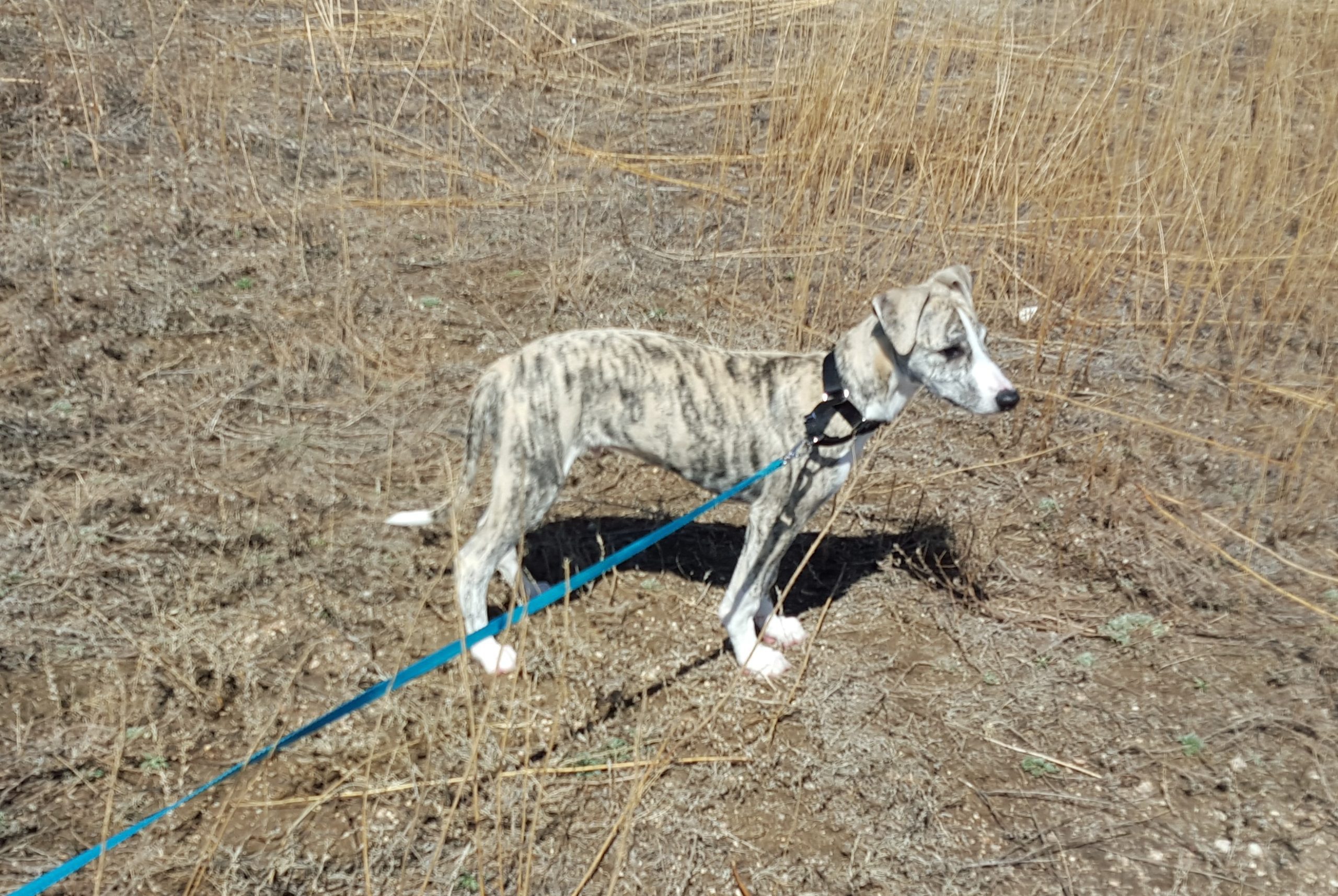
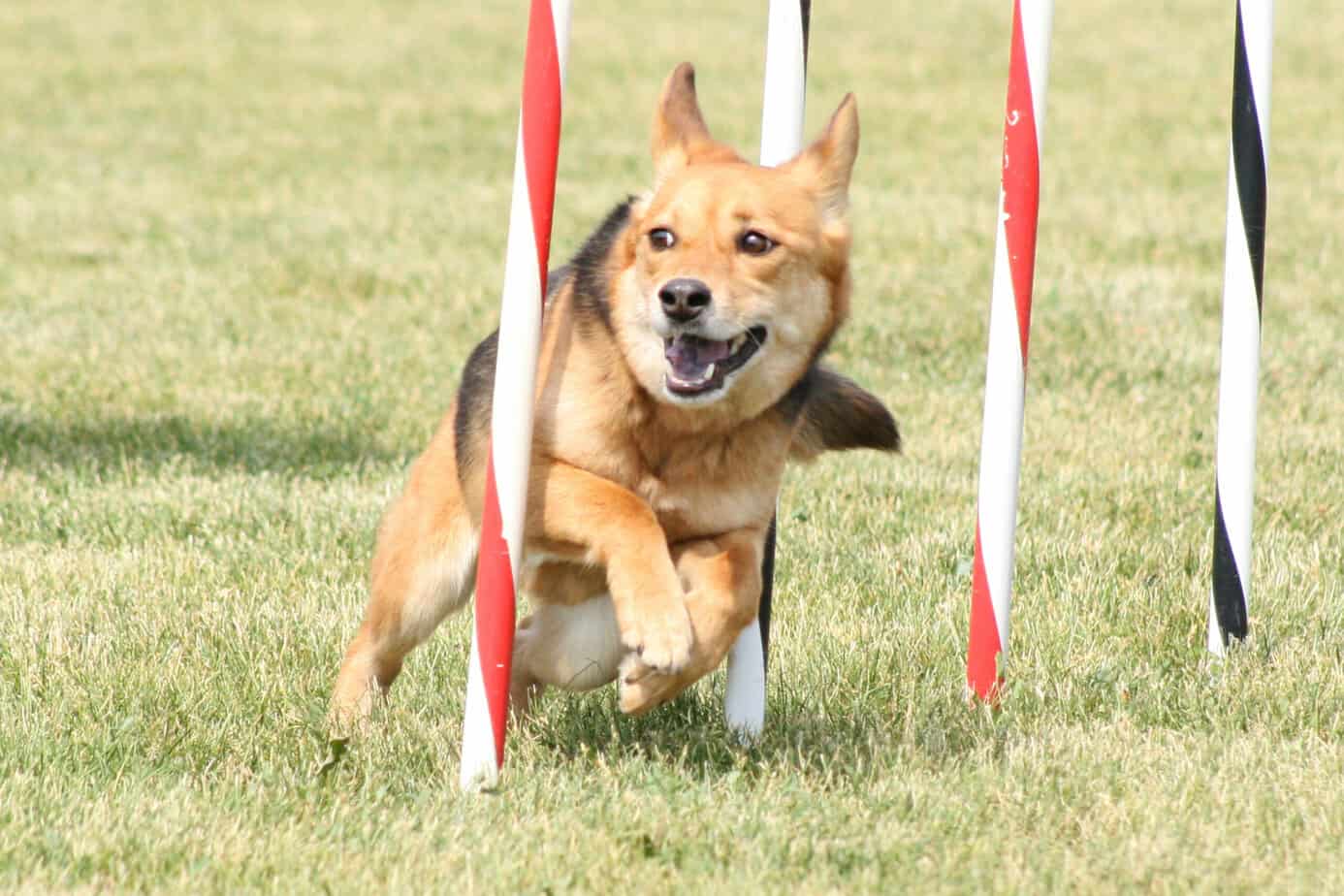
Photo courtesy of Stover Photography
Here’s a real-life example. I taught Onyx weaves using the 2-3-4 method. However, I wasn’t happy with her footwork – she was either double-stepping or crossing over, and she is big enough to single step. It’s difficult for a dog to cross over if they are moving quickly, so rather than focusing specifically on footwork, I grabbed the channel weaves, opened them up a few inches, and encouraged speed. It’s looking good so far.
Would I say the 2-3-4 method failed? Absolutely not – she learned the weaves, has good entries, and is getting pretty consistent. Onyx does not have a lot of drive though, so I had to think outside of that specific training method to solve the footwork problem. She didn’t appear to be confused at all about weaving, or to lose confidence in what she was doing.
The Dog Training Experimentation Mindset
Being willing to experiment with dog training relieves pressure on both the dog and yourself. Valuing progress over perfection means that you don’t have to come up with the exact right thing to do every time you go play with your dog on a new skill. You can try something, and if it doesn’t work, you know you have ruled out one of the 10,000 things that didn’t work – only 9,999 more to go before success!
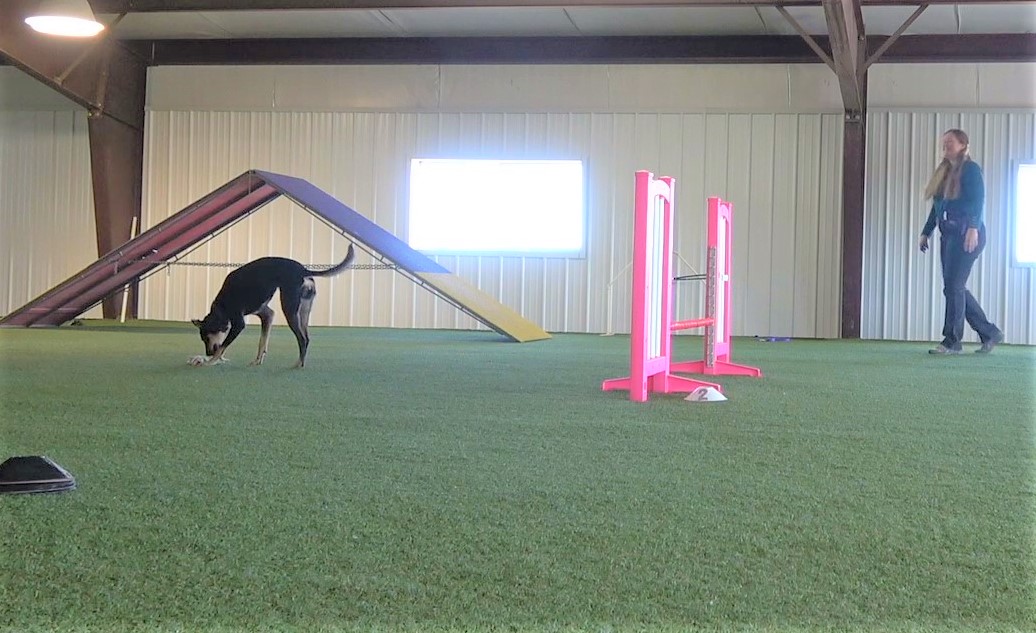
Today’s Dog Training Tip
If your dog is struggling to learn something the “traditional” way, there is value in approaching the task in a new and different way. Experiment and have fun thinking of a solution that will keep the game fun for both you and your dog.
You Might Also Like…
Five Ways to Crush It at Your Next Dog Agility Seminar
Going to a dog agility training seminar? Check out these five tips to maximize your return on investment!
Read This Before Deciding on Your Agility Dog’s Contact Performance
Which contact performance, running or stopped, is right for your team? The answer might surprise you.
Is Your Agility Dog a Pinto or a Ferrari?
If you’ve moved up from a slow or moderately-fast agility dog to a speed racer, here’s some advice to make your life easier.
Get tips, stories, discounts, and early notification of events and new courses delivered straight to your inbox! Join the community!

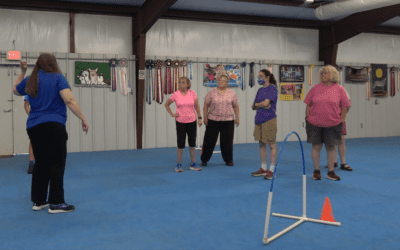
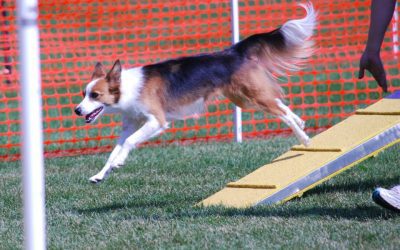
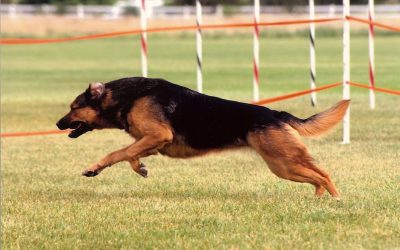
0 Comments